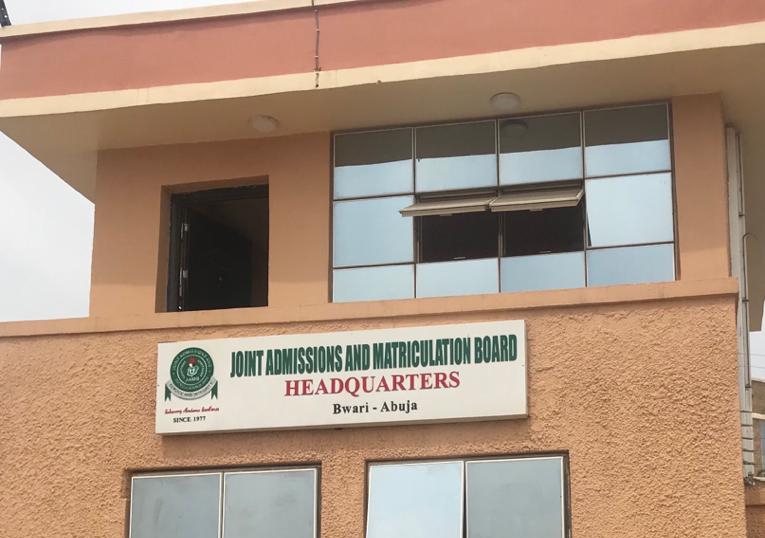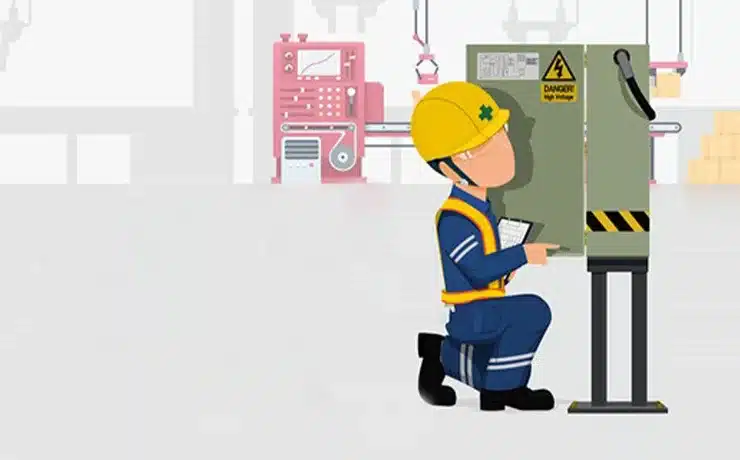Decode vs. Encode in Reading: The ABCs of Brain Power
Have you ever read a word and felt like it held more than just letters?
Like it carried a system that only some people truly understand?
That system is built on two skills, decoding and encoding.
These are the tools that turn printed words into speech and spoken words into print.
They shape how students learn to read and write, yet they’re often misunderstood.
Once you understand how decoding and encoding work together, you’ll see how they fuel reading confidence and writing accuracy, two key pieces every learner needs.
Decoding is the process of converting written words into sounds. Think of it as cracking a code.
When kids decode, they examine letters and determine the sounds they make.
Then they blend those sounds together to read words.
Take the word “cat.”
A child sees c-a-t, remembers each letter’s sound (/k/-/a/-/t/), and blends them to say “cat.”
It’s like putting puzzle pieces together.
Without decoding, those letters on the page would be meaningless shapes.
This skill opens the door to understanding what we read.

Encoding works in the opposite way; it turns sounds into written words.
When kids encode, they listen to a word, break it into sounds, and write the letters for each sound.
If a child wants to write “ship,” they first hear three sounds (/sh/-/i/-/p/).
Then they need to know that “sh” makes that first sound.
Encoding encompasses spelling, but it’s more comprehensive than that.
It’s how we get our thoughts onto paper.
Without encoding, we couldn’t write notes, stories, or even text messages.
It’s the bridge between what we think and what others can read.
Decoding and encoding are like two sides of the same coin.
They work together but in different directions.
Let’s break down how they’re different.
| ASPECT | DECODING | ENCODING |
|---|---|---|
| See letters → Say words | Hear words → Write letters | |
| Blend sounds together | Break words into sounds | |
| Recognize patterns you see | Plan what letters to write | |
| What your eyes see | What your ears hear | |
| Speaking the word | Writing the word |
Some kids find reading easier than spelling.
Others spell well but struggle to read.
That’s normal because these skills use different parts of the brain.
But here’s the key: both need the same basic knowledge about how letters and sounds work together.

Teachers have debated this issue for years.
Should kids learn to read first or write first?
The answer might surprise you.
When kids learn to spell words, they dig into how words work.
They have to think about each sound and pick the right letters.
This encourages them to pay attention to details they might otherwise miss when reading.
Teaching encoding early helps kids understand why words look the way they do.
It’s active learning; they’re building words, not just looking at them.
Reading instruction usually starts simple and gradually becomes more challenging.
Kids learn letter sounds, then blend them into words.
They practice until reading becomes automatic.
Effective decoding instruction provides children with the tools to decipher new words independently.
This builds confidence and helps them read faster.
When reading is easy, kids can focus on understanding the story.
The best answer?
Teach both together from day one.
When kids learn a new letter sound, have them read it and write it.
This isn’t about choosing sides.
Reading and writing support each other like training wheels on a bike.
Children who learn together become stronger in both areas.
It just makes sense.
Reading and writing are best friends.
When kids practice spelling, they get better at reading.
When they read more, their spelling improves.
It’s a cycle that continually strengthens them.
Think about it: every time a child writes a word, they’re practicing the letter patterns they’ll see when reading.
Every time they read, they’re seeing correct spellings that stick in their memory.
Studies show that kids who learn both together improve faster than those who focus only on one.
The brain builds stronger connections when it works in both directions.
That’s why the best readers are often good writers, too.
Effective teaching employs methods that are effective for both reading and writing.
Here are proven strategies that help kids master both skills.

Sound boxes make the invisible visible by helping kids see how sounds match letters.
This tool works for both reading and spelling.
This method shows words aren’t random; each sound has its place, making reading-writing connections clear.

Kids need to learn letter patterns in the right order.
Starting easy and getting harder helps everything click.
When teaching follows a clear path, kids stay on track.
They build step by step, which works better than jumping around randomly.

Some words break the rules. Words like “said” and “was” need special attention.
Smart strategies help kids handle these tricky words.
Kids need to know that some words are rebels.
Teaching tricks for these words prevents frustration and builds confidence.
Achieving proficiency in reading and writing means moving beyond the basics.
Kids need to shift from sounding out every word to reading smoothly.
Special books called “Decodable Texts” help with this transition by using only patterns kids have learned, so they practice without getting stuck.
As kids improve, they read faster and spell effortlessly.
Their brains can then focus on ideas instead of individual words.
This is when magic happens: kids stop learning to read and start reading to learn.
Great readers usually become great writers because these skills complement and support each other, even at higher levels.
Words hold power beyond letters.
That power comes from decoding and encoding working in tandem.
When kids practice both, they don’t just read, they understand.
They don’t just spell, they express.
These skills help students transition from sounding out to thinking deeply, from guessing to making informed choices purposefully.
The strongest literacy growth happens when reading and writing support each other.
Teachers who build both into daily instruction give students a true advantage, creating tools that make words work for them
Continue learning with us by browsing our category for more insightful blogs.












